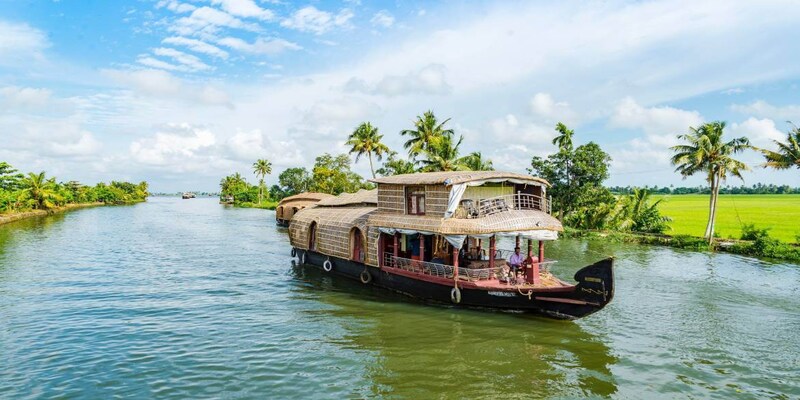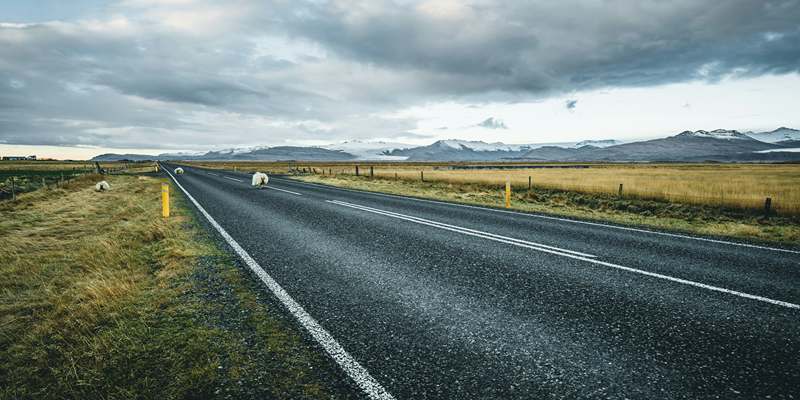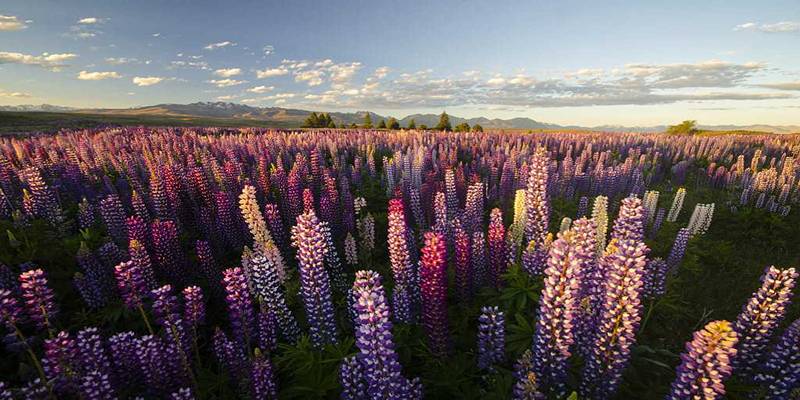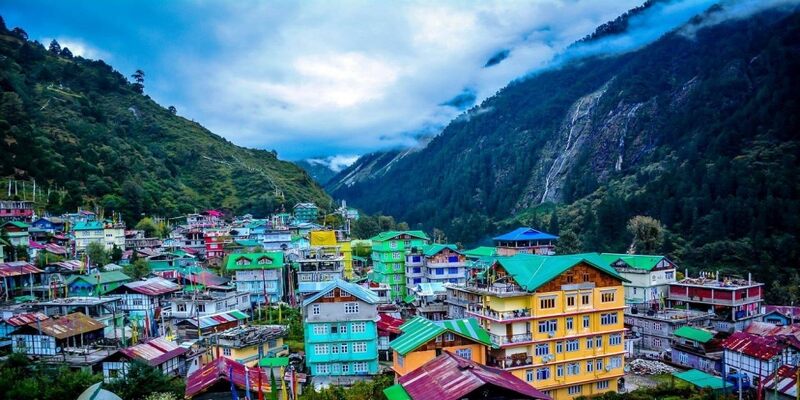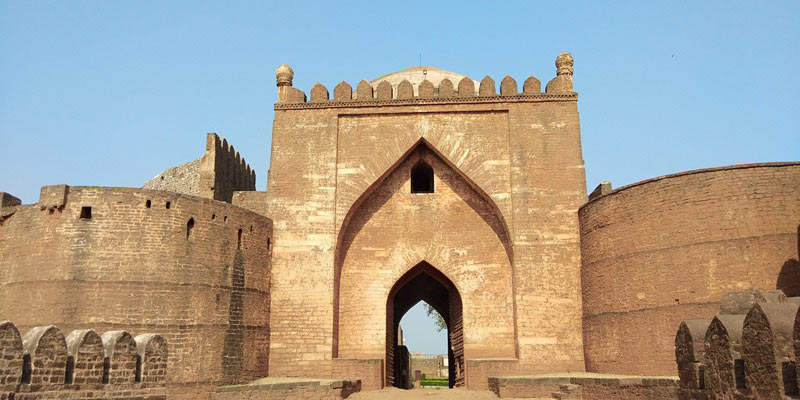Korea's castles reflect much of the country's colorful and stormy past. Although most of Korea's castles are in ruins, restoration and upkeep of these historically significant locations have been undertaken over time.
It is estimated that over 900 invasions have occurred in Korea; during these turbulent periods, these castles have shielded the country's citizens. Around 2 BC, the first fortified building was constructed of wood and mud.
The disc-shaped entry tunnels leading to the main gates are the most characteristic feature of Korean castles. While these castles lack the imposing European vertical architecture,
They are dispersed horizontally above picturesque mountains. Here is the list of the 10 most notable Korean castles to relive the past.
Top-Notch Korean Castles That Will Pique Your Interest
Geumjeongsanseong – The Largest Mountain Fortress
Geumjeongsanseong castle was built due to awareness raised from previous Japanese invasions. The rise in maritime attacks intensified the necessity for national defense.
This urgency led to the construction of the Geumjeongsanseong fortification. One of South Korea's most beautiful short walks begins at the country's largest mountain stronghold. Undoubtedly, it is worth a visit.
Samnyeon Sanseong Fortress – Three Years Mountain Fortress
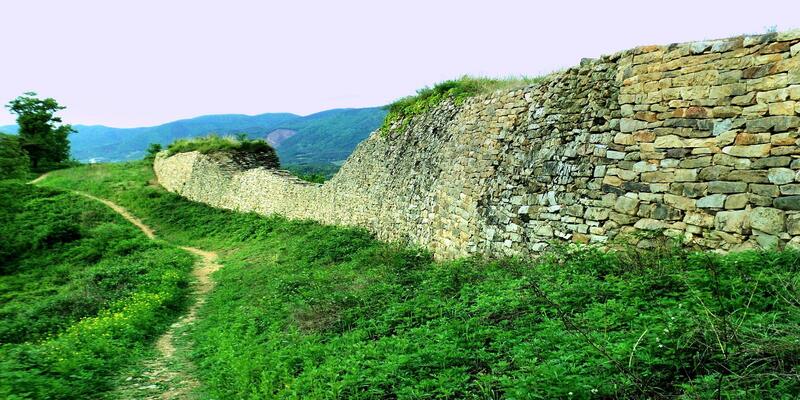
The Samnyeon Sanseong castle is known as the "Three Years Mountain Fortress." Because it took three years to build, the Silla Kingdom constructed this stronghold,
which is noteworthy for its distinctive building methods. This stronghold was crucial to the unification of Korea since the Silla monarchy utilized it to attack other kingdoms.
Like the majority of Korean castles, this is another conventional mountain fortification. Its most noticeable feature is the calligraphy imprinted on the boulder near the fortress's entryway, which will not fail to amaze you.
Gongju Gongsanseong Fortress – Built To Shield Royal Palace
The Gongsanseong fortification was constructed when the Baekje Kingdom relocated its capital to Gongju. It is the famous palace in South Korea. The stronghold atop the mountain summit protected the royal residence for about sixty-four years.
A few notable features inside the fortress's walls are the Imnyugak Pavilion, Lotus Pond, and Manharu Pavilion. The location has undergone restoration, and it now includes lovely grounds that provide an ideal setting for you to stroll while learning about Korean history.
Jukju Castle – The Stone Fortress
Jukju Castle is another fantastic destination for you to visit. It is also known as a stone fortress. This fortress served its duty as a military bastion and a hub for transportation during the Goryeo period, and it did so well when the Mongol army launched repeated attacks.
That transports you to the era when strongholds guarded the nation. But this castle feels even more isolated because a pine forest now grows inside its walls.
Hwaseong Fortress – Best for Hikers
Joseon fortifications were constructed at Hwaseong Fortress between 1794 and 1796. The magnificently designed castle spans six kilometers and features hidden entrances.
So, try to discover its fascinating history by visiting this fortress, constructed entirely to honor the remains of a Joseon prince. In addition to being one of Korea's most impressive fortifications,
It has attracted tourists worldwide. Due to the extensive network of paths surrounding it, hikers love this castle. It is also among South Korea's most exquisite castles.
Jinju Castle – Most Visited Fortress

The most renovated stronghold in Korea is Jinju Castle, which is situated on the banks of the Nam River. Numerous pavilions, such as Hoguk Temple and Jinjo Museum, are all on the castle's grounds. It's among the most popular and magnificent castles in Korea.
Discover the history of this castle and the infamous Imjin War, which claimed the lives of 70,000 Koreans. The Jinjo Museum was constructed as a memorial to honor those who gave their lives. Inside, you may get a chance to witness vintage Korean firearms and honors for brave deeds.
Fortress Wall of Seoul – Shielding the city
The Seoul Fortress Wall is a set of walls that surrounded the city to keep out intruders. The wall, which is 18.6 kilometers long, passes through the four inner ridges.
Mountains—Baegaksan, Namsan, Naksan, and Inwangsan—were constructed in 1396 using stone, wood, and other materials. So, if you are in Korea, do not forget to visit this masterpiece.
Gomo Castle – The Abandoned One
You may find the famous Gomo Castle in Mungyeong town. The castle has two gates: the west gate, which has to be renovated, and the south gate, which has been restored along with the surrounding walls.
For now, this castle is abandoned and lonely, which is sad, but if you’re a person who doesn't like to be in the crowd, this can be your best bet.
Namhansanseong Fortress – A Spiritual Symbol
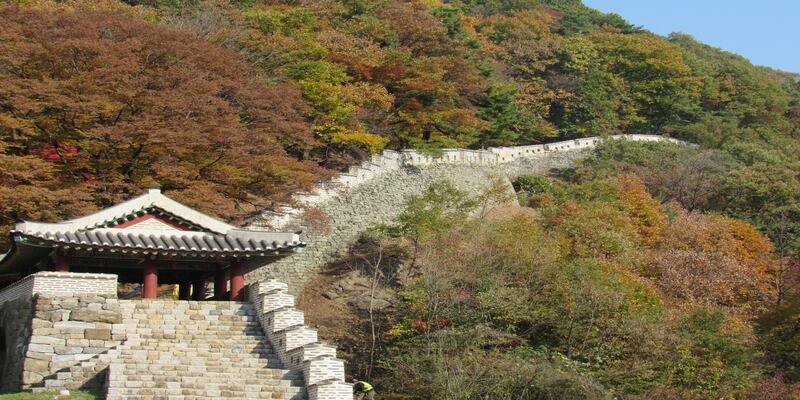
Southeast of Seoul, South Korea, about 25 kilometers from Anseong Fortress. During the Joseon Dynasty, the 12-kilometre-long castle protected a sizable region.
The Joseon Kingdom's populace saw this castle as a military stronghold and a center of spiritual significance. Following tradition, this fortress is once again a Korean mountain fortification.
Busanjinjisenong Fortress, Branch Wall Fortress
Dong district is home to Busanjinjisenong Fortress, formerly known as Mangongdae. It consists of the mother castle and the walled fortress, reminiscent of the Ming dynasty.
They used old-fashioned building materials and techniques to construct it, utilizing plaster walls, wood, and stones.
Moreover, this fortification in a historically significant area bridges the past and present, preserving memories of bygone eras and illuminating their ways.
Conclusion
That is all you need to know about the Korean castle in Seoul. These castles show the country's rich history and culture. These buildings define Korea's strengths and intelligent designs, from the fantastic Hwaseong Fortress in Suwon to the excellent Hwahongmun Gate in Gyeongju.
People made them for protection and smart reasons, combining old ways with new ideas. Visitors can see the fancy walls, gates, and palaces. So you must visit these 10 most notable Korean castles to relive the past.

